“Let him kiss me with the kisses of his mouth.” So opens the most erotic book of the Bible, the Song of Songs. “Surely this mode of beginning…is not a beginning,” remarked Bernard of Clairvaux, in a sermon to his chapterhouse of celibate monks in the early twelfth century. Bernard was right, of course. The woman of the Song of Songs does not begin from the beginning but from the raw middle of desire. “How delightful a ploy of speech this is,” marveled Bernard, “prompted into life by the kiss…inspiring the reader and enticing him on.” The poem pleads for interpretation, and Bernard satisfied its yearning with exegesis. He transformed each man in his audience into the Song’s female lover and made each sexless monk feel in his own flesh her “intense desire,” “hoping with every fiber of his being that he might not be deprived of a share in a pleasure so great”—a union with God, sealed with a hot kiss.
Diarmaid MacCulloch begins his history of sex and Christianity before the beginning, in the archaic Greek and Jewish cultures that shaped the earliest centuries of Christian thought and belief. Across three thousand years we have the pleasure of MacCulloch’s erudite company as he explains how Christian thinkers have met the problem of desire. Because desire was a problem. How to reconcile its messiness—all those inconvenient, irreverent fantasies and fluids—with the perfection of God’s created universe? It is an epic tale, and MacCulloch is an undaunted guide. Who else could explain so knowledgeably (and so affably), say, eleventh-century Gregorian reform as well as the contemporary gay subculture of “gin, lace and backbiting” in Anglo-Catholicism? MacCulloch is practiced in writing history on such a grand scale. Lower Than the Angels is the sexier counterpart to his award-winning A History of Christianity: The First Three Thousand Years (2009).
Throughout, MacCulloch emphasizes the contingency and ingenuity of Christian responses to the difficulties of human sexuality and family life. He wants to show that so much of what many fundamentalist Christians today understand as ancient, deep-rooted practices are, in fact, relatively shallow. “Traditional marriage” is not a category that makes much sense, in his telling: for most of European history, marriage was contracted by two men, the bride’s father and the groom; marriage wasn’t even a church matter but a civil one until the High Middle Ages. At various points throughout Christian history, women have been ministers. Christian attitudes toward homosexuality have been largely negative, but not uniformly so. MacCulloch’s book is a riposte to those religious thinkers—conservative American evangelicals in the vanguard—who invent a mostly fictional Christian past to legitimize their contemporary sexism and homophobia.
MacCulloch made tabloid headlines in the UK in the 1980s as the first openly gay man to apply to be ordained as an Anglican vicar; his bishop asked whether he might consider celibacy. He withdrew his application and now, as professor emeritus of church history at Oxford, describes himself as a “candid friend” of the church. The book is an argument for more flexibility and responsiveness in Christian proclamations on gender and sexuality. “Self-styled traditionalists,” he writes, “rarely know enough about the tradition that they proclaim”; conservatives don’t know the past they are trying to conserve. Anticipating a critique of the book, MacCulloch mused in an interview, “All the footnotes are there. So how are they going to diss it?” Though I wonder whether fundamentalists tend to bother with footnotes.
MacCulloch argues and amply demonstrates that there is not and never has been a single Christian theology of sex. Theologians and church fathers, saints and mystics, television evangelicals: they all clamor from his pages, their voices diverse and contradictory and often provisional, no matter how ardently they quarrel. Here is Paul, saying that while celibacy is preferable to marriage, it’s “better to marry than to burn” with lust; here is Jerome, telling young widows that they should remain celibate for the rest of their days rather than return to the married state “like a dog to its vomit.” Many pages and centuries later Luther appears, lustily praising marriage by telling a friend that he will have sex with his own wife to celebrate his friend’s wedding night. Each man is placed carefully in his own milieu, each bit of theological reasoning patiently explained.
But behind the explicable lurks something shadowier, less knowable: why we want what—and whom—we want. In The Beauty of the Husband, Anne Carson explains why she loved her (now ex-) husband from “early girlhood to late middle age.” “No great secret,” she admits. “Not ashamed to say I loved him for his beauty…. Beauty convinces. You know beauty makes sex possible./Beauty makes sex sex.” Yes, beauty—and imagination, fantasy, longing, pleasure, physical need. What makes sex sex is not cerebral debate about sex, no matter how interesting those debates can be. MacCulloch’s book succeeds as an intellectual history of Christian ideas about sex. But can even the most learned history of its kind ever capture what makes sex sex?
Augustine understood that sex is precisely all that exceeds human control. How did Adam and Eve have sex in the garden—what was it like? He imagined the primal scene. In Paradise, he reasoned, it was all quite orderly: the first man and woman could control desire with the will; their bodies were perfectly ruled. No deviant temptations. Nothing involuntary like arousal, a blush, a gasp of pleasure, or ejaculation. Was this sex at all? Gregory of Nyssa thought not: before the Fall, humans would have reproduced without intercourse. (Although the mechanics were a little fuzzy—this was “unspeakable and inconceivable by human conjectures, except that it assuredly exists.” Assuredly!) For Augustine, humanity’s first erection was indeed Adam’s, but only after he was expelled from the garden.
Before the Fall, the body followed the dictates of the will. After Eve succumbed to temptation, the will was a helpless captive of the body. Adam’s erection was proof that human willpower was mired in errant, uncontrollable physical need. After being resurrected, we would once again inhabit a body in perfect concord with our soul’s desires. Desire was both exquisitely painful—a sign of how far we have fallen from God’s grace—and intensely pleasurable, the body’s yearning for its own resurrection. “Oh that my soul might follow my own self…that it might not be a rebel to itself,” Augustine prayed; let the body be faithful to the soul’s hunger for God and not follow its own wayward path.
All those centuries of pent-up desire make for a strange canon of literature on sexual fantasy, one rarely recognized as such. Take the early ascetics. Around the year 300 CE, Christians were a fringe minority in the Mediterranean world, making up something like 1 or 2 percent of its population; they needed some extravagant way to distinguish themselves from the dominant Roman imperial culture. One way was to reject the high value placed on marriage and childbearing in Greco-Roman (and Jewish) societies. This was celibacy as counterculture. So in the fourth century a few Christian men and women wandered naked into the Egyptian desert and did battle with demons who tempted them to sin: to eat, drink, sleep, and—especially—lust.
Ascetic “resistance needed careful thought, and indeed prayer,” writes MacCulloch; sexual desire and hunger represented “very real psychological dangers in the celibate’s life.” True, but what was the texture of those dangers, and what were the stakes? Compare the late-antique historian Peter Brown’s description of the same problem in his never surpassed The Body and Society (1988), a study of sexual renunciation in early Christianity:
Sexual motivations and the abiding, protean force of sexual fantasy attracted the attention of Christian ascetic thinkers: their very privacy and persistence spoke more resonantly…of the black shadow of self-will that lay at the very back of the heart.
Brown is a rare prose stylist, but it’s not just the writing that makes a difference here, it’s the object of analysis: not careful theology but what went on in the shadowy realm of the self.
In that dark interior, ascetics kept the flame of desire burning. The spiritual biographies and collected sayings of the desert fathers and mothers tell us how they smoldered in the desert and wrestled with their own erotic dreams; how the men struggled to tame nocturnal emissions, the incontrovertible evidence of an unconquered self. As Virginia Burrus argued in The Sex Lives of Saints (2007), the ascetics were trying to prolong the painful pleasure of sexual frustration. For some solitaries, these nightly entanglements went on for years. One desert father wrote of finally putting an end to his sexy dreams that the Holy Spirit had “possessed my inward parts,” so who was touching the back of his heart now? It was mildly kinky, what went on in those caves—like edging, but for God.
The ascetics were waiting for the end of the world. An end to sexual reproduction meant that early Christians might bring about the apocalypse even sooner. Celibacy was most of all a physical commitment to a messianic cult. When time failed to end and Jesus didn’t show up, it was “the first Great Disappointment of many in Christian history,” as MacCulloch says. Early Christians went back to normal life, which meant returning to fertility of all kinds. Hippolytus of Rome had written laconically, joylessly, in the early third century, “The young girls got married; the men went back to the fields.” Generation begat generation. And the world turned.
There were no finer theorists of erotic fantasy, of what went on in the back of the heart, than medieval mystic women. In her excellent The Bride of Christ Goes to Hell (2011), Dyan Elliott describes some of their sexier moments. The Cistercian Ida of Gorsleeuw, in Belgium, for example, was idly praying matins when she felt Christ “sending forth his heavenly hand through the key hole.” It isn’t until we encounter the full lyric in the Song of Songs—“My beloved put his hand through the keyhole, and my womb was moved at his touch”—that we realize which hole, exactly, Ida was talking about. Another Belgian mystic Ida (of Nivelles) was visited by Christ; he came to her with his lips smeared in thick white liquid that he dripped into her mouth, sharing with her “bountifully…this tastiest of honeycombs.” This image was also borrowed from the Song of Songs: “Thy lips, O my spouse, drip as the honeycomb.” These women were Christ’s lovers, the bride to his bridegroom.
In his biography of Catherine of Siena, Raymond of Capua reports one of her visions:
[Christ] tenderly placed his right hand on her neck, and drew her toward the wound in his side. “Drink, daughter, from my side,” he said…. She fastened her lips upon that sacred wound, and still more eagerly the mouth of her soul, and there she slaked her thirst.
In her own letters, Catherine describes Christ teasing her, showing her his side wound but keeping it from her, laughing good-naturedly at her longing, at her eyes filling with tears in frustration, before finally letting her satisfy herself.
“My soul entered right into that wound,” Catherine remembers, “and found such sweetness and such knowledge of the Divinity there.” As Caroline Walker Bynum argued in her groundbreaking book on female religious embodiment, Holy Feast and Holy Fast (1987), this wasn’t the image of Christ as bridegroom, nun as bride. This was more radical: an image of Catherine actually entering Christ’s body, becoming his flesh; putting her mouth to his wound and then penetrating him in a wildly hot gender reversal. The erotic was a hole to be filled: Ida’s keyhole or a gaping wound in Christ’s side. Fulfillment was not only the sensual “sweetness” that Catherine found in Christ’s body but also a knowledge of him, her dream that physical union would confer a new wisdom.
Hadewijch was a Flemish Beguine, a member of a community of laywomen who patterned their lives on the life of Christ. These women took vows of chastity and poverty; they wove cloth, wrote mystical poetry, and cared for the sick. They lived together in complexes known as Beguinages, some with hundreds of residents, small cities of single devout women. There, Hadewijch wrote inventive poems about Christ as her lover. Bynum suggests that her lyrics sound like a description of an orgasm: “He came himself to me, took me entirely in his arms, and pressed me to him…so I was outwardly satisfied and fully transported.” Hadewijch begins to dissolve: “I could no longer distinguish him within me.” They were “mouth in mouth, heart in heart, body in body, soul in soul.” Many of these women had taken vows of celibacy. They weren’t supposed to be tasting Christ’s dripping white honey. But by using the imagery of belief—of the Song of Songs, of the Passion—they could physically become Christ, loving and entering him, their flesh mingling with his.
Scripture—archaic, arcane—practically demanded that theologians make its meaning over into allegory. “My beloved is mine, and I am his”—to early Jewish thinkers, the lover of the Song of Songs was Israel longing for God. For the Christian desert ascetics, the consummated passion of lovers provided an image of their own inner consummation with God: “Ever let the bridegroom sport with you within.” When the bishop James of Vitry visited the female Beguines in Liège in the thirteenth century, he saw a tableau vivant of Solomon’s time:
Women were wasting away with such an intimate and wondrous state of love in God that they were faint with desire and…for many years could only rarely rise from their beds…. They cried aloud in their heart[s]…. “Stay me with flowers, compass me about with apples, for I languish with love.”
I think one of the thorniest paradoxes in the history of Christianity and sexuality is this: for more than a thousand years Christian scripture and theology offered the most beautiful and elaborate imagery—metaphors, allegories, liturgies, rituals—to transpose physical need into deeply meaningful, interior scenes of fantasy. But it was the same scripture, the same theology, and the same liturgy that provided the principal implements of shame used to construct boundaries of acceptable desire and correct gender roles, and to invent ever more punishing ways to transform sexuality into sin. For every desert ascetic touched in his inner parts by the Holy Spirit, another was applying a serpent’s fangs to a stubborn erection.
In MacCulloch’s view this was Augustine’s fault; when Augustine imagined Adam and Eve’s stainless prelapsarian sex, he “launched [the Church] on an inescapable association between shame and sex, not excluding marital sexuality.” Hence all those painted fig leaves. If the long history of Christianity and sexuality offers a detailed canon of fantasies, there is plenty of shame and sin, too—sodomy, adultery, self-pleasure. But I came away from MacCulloch’s book with a new appreciation for the extent to which all of these sexual sins were constructed by their opposite: Christian theologies of marriage.
In the centuries before Christ, the dominant cultures of the Mediterranean each valorized marriage in their own ways. The Romans insisted on monogamous marriage and celebrated faithfulness and spousal affection. Sexuality was a natural force that needed to be constrained within marriage; desire was an understandable response to beauty. Sexual need was a problem only when it threatened the civic hierarchy. As MacCulloch has it, “to penetrate was a right and a privilege” in classical society. It was acceptable for an older man to penetrate a younger one or a man to penetrate a woman, but the entire Roman social order could be threatened if, for example, a man performed oral sex on a woman. That would be desire as an emasculating force.
In Judaism, marriage and family life were critical. Married sexuality became an allegory for the covenant with God. The tragedies of Jewish history could be interpreted as a result of forsaking that covenant: the commandment to “have no other gods before Me,” a metaphor for monogamy. After exile the faith of monogamous marriage—and the proliferation of many legitimate children—became of existential importance, not only to the faith but to the future of the Jewish people. Between the Roman and the Jewish traditions, monogamous marriage was the dominant cultural practice of the Mediterranean world before Christ.
Christ didn’t have that much to say about marriage, or divorce, or adultery (beyond “he who is without sin,” etc.), or sex, but it didn’t matter much; centuries of theologians and evangelicals filled in his silence. Early Christians needed to distinguish themselves from Jewish and Roman cultures; some, like the desert ascetics and monastics, developed the idea of celibacy as a countercultural and messianic alternative. Others, like Paul, developed a sophisticated theology of sexual reciprocity: “The wife does not rule of her own body, but the husband does; likewise the husband does not rule over his own body, but the wife does.” This ideal of marriage as mutual devotion has more in common with the erotic exchanges of the Song of Songs than with the rigid Roman hierarchy of penetrator and penetrated.
Not everyone was so enlightened. Clement of Alexandria said marriage was for making children, not for pleasure. Some early Christians wrote that desiring your own wife too much was a form of adultery. Menstruating women or, less commonly, men who had recently ejaculated had to stay away from church, where the Mass was celebrated; if that was Christ’s body on the altar, then the sexualized human body would defile it. Jerome thought women’s bodies were just plain disgusting. But in these early centuries of the Christian church (and even subsequently, in Orthodox traditions), clergy married. Though at times they were encouraged not to sleep with their wives, there was no uniform expectation of clerical celibacy. In the sixth century, when he was elected bishop, Felix of Nantes swore off sleeping with his wife; she assumed he’d taken a lover.
It wasn’t until Pope Gregory VII’s reforms of the western Church in the eleventh century that the theology of marriage and celibacy changed. Total clerical celibacy became the norm. The intensifying devotion to the Eucharist in the central Middle Ages produced a kind of purity of thinking about the hands touching Christ’s body during Communion; virgin fingers were required. Alongside clerical celibacy, the active sex lives of the married laity became a theological good. Marriage, previously a civil matter, was now a church sacrament; weddings took place underneath church porches. During confession, priests started asking whether couples were taking any contraceptive measures before reminding them not to.
In MacCulloch’s description, the married couple came to “monopolize and legitimize all the strands of sexual love that had emerged alarmingly undisciplined into the consciousness” of medieval Europeans. Expressions of sexuality outside the bounds of marriage were stigmatized: adultery was subject to public penance; brothels, like those in Florence, came under municipal control, with the idea that—as Augustine put it—“if you remove the harlots from society, you will disrupt everything because of lust.” Better to release the pressure. New cults to the Holy Family sprang up. When Adam and Eve had sex in Paradise they had liked it, at least in a sort of chaste, domestic way.
During the Reformation the ideal of clerical celibacy fractured again. Luther celebrated the family, married sexuality, and children, both for the laity and for the clergy. Protestant priests took wives. For Catholics this was a point of major contention, and clerical celibacy had to be defended as an almost supernatural accomplishment. As Cardinal Roberto Bellarmino wrote at the end of the sixteenth century, “Marriage is a thing human, Virginity is angelical.” But both Protestants and Catholics viewed sex outside of marriage as a threat and a sin. Pope Sixtus V brought back the death penalty for adulterers in Rome in 1586. In Protestant regions, newly elaborate forms of public shaming were invented for fornicators (those who had sex before marriage) and adulterers.
During the Enlightenment, MacCulloch argues, this intense, disciplining interest in marriage waned. In 1600 in England adultery was punished with awful, humiliating things like ducking stools and scolds’ bridles, which had iron bits that prevented the wearer from speaking; by 1800 those punishments would have been unthinkable. Secular governments and courts again came to preside over marriage. In 1787 Parliament abolished the right of church courts to prosecute unmarried sex. In post-Revolutionary France, marriage once more became a civil contract, and divorce was still legalized.
Of course, more transformations in married life followed. The development of reliable contraception was a matter on which no modern church has really covered itself in glory. Early-twentieth-century Anglicans, at the heart of the empire, took a predictably eugenicist position; nonreproductive sex among Christian couples would lead to a decline in British “superior stocks.” They eventually came around. Anglo-Catholics worried that experiencing sexual pleasure without reproductive potential might “justif[y] the philosophy of homosexuality.” Pope Pius XII said using a condom was as good as “criminal abuse”; in the midst of the AIDS crisis, his successor John Paul II said the use of contraception, alongside abortion, amounted to “a culture of death.”
I began Lower Than the Angels expecting that desire would be a vexation for the Church. As Augustine wrote, desire shows the ultimate captivity of the human will to the chaos of the body; it’s a sign of how far we’ve fallen. But it’s hard not to conclude from MacCulloch’s story that the real problem is marriage. Without Christian marriage, Christian sexual sin could hardly exist. It is perhaps counterintuitive that all the sexiest parts of the story—the monks in the desert, the nuns’ visions of holes and white goo—belong properly to the history of celibacy, not marriage. Sexual renunciation, paradoxically, offered more erotic possibilities.
In sixteenth-century Germany a small but radical sect of illiterate peasants called the Dreamers heard a voice speak inside them. The voice was God’s, and it said to have sex—at times with their spouses, but more often with other people’s husbands and wives, sometimes two or three times in one night. The local authorities said that what the Dreamers called the voice of God was really just lust, and all that sex wasn’t sacred but adulterous. Lyndal Roper, a historian of the Reformation, has argued that the Dreamers weren’t libertines but sexual utopians imbuing the flesh with spirituality; having sex was “an act of obedience to a divine.”
One Dreamer, Katharina Kern, confessed to the authorities that she had heard the voice of God, and he told her to leave her husband. She left her house and walked to a neighboring village, where she told Marx Maier that he was now to be her spouse. Her desire was holy; it could not be sinful, because she was acting at the command of God. Her testimony is rare evidence of female desire, her confession one of initiative, a fantasy that animated her and brought her to Maier’s doorstep.
Before there is sex there is desire, and before desire there is imagination. This is what Aristotle called phantasia: the inner images that move us toward what we want, the fantasies that set our bodies in motion. For much of the past two thousand years, sexual images and fantasies came not from pornography but from scripture. Desire found its most powerful expressions in celibacy, in communal religious life, in the radical experiments of ascetics and utopians. What we consider to be erotic today seems so narrow in comparison, so hopelessly trammeled by the twin forces of pornography and marriage. The history of sex and Christianity suggests that desire is not only some natural impulse but substantially a creation of culture—that is, the stuff of the imagination. How much freer our own sex lives might be if the sources for our erotic imaginations were stranger: An inner voice. Dripping honey. The sweetness of flowers, and apples, and blood.





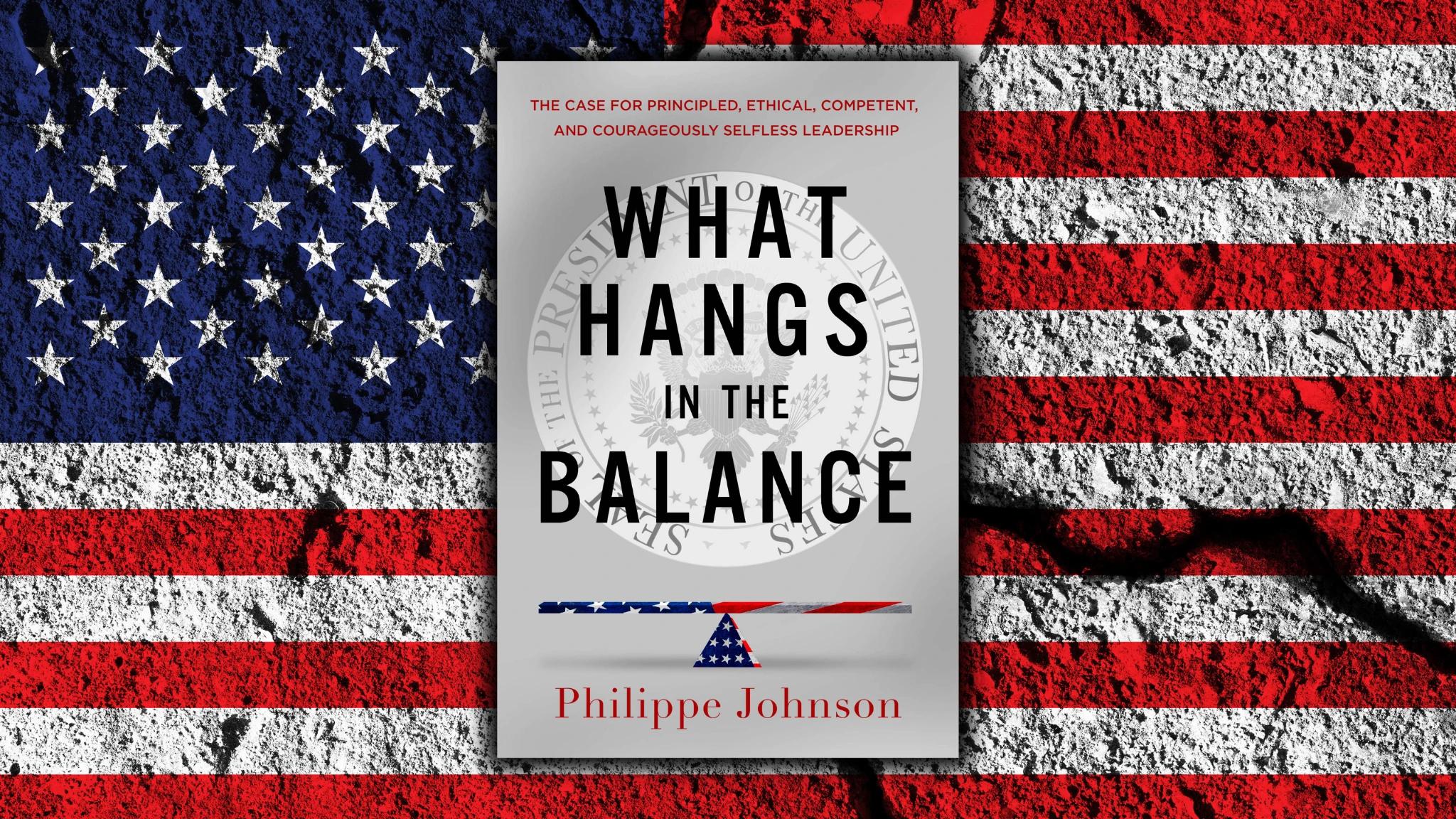

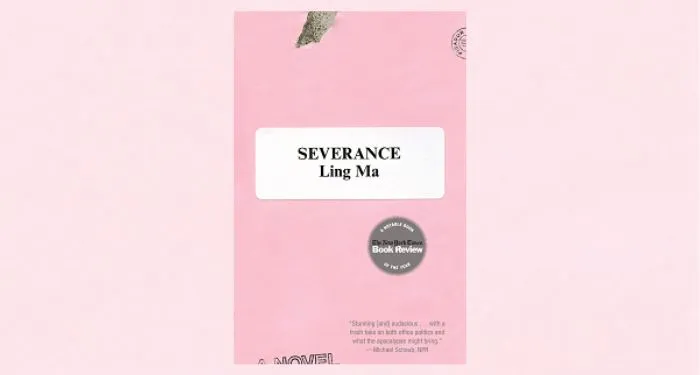




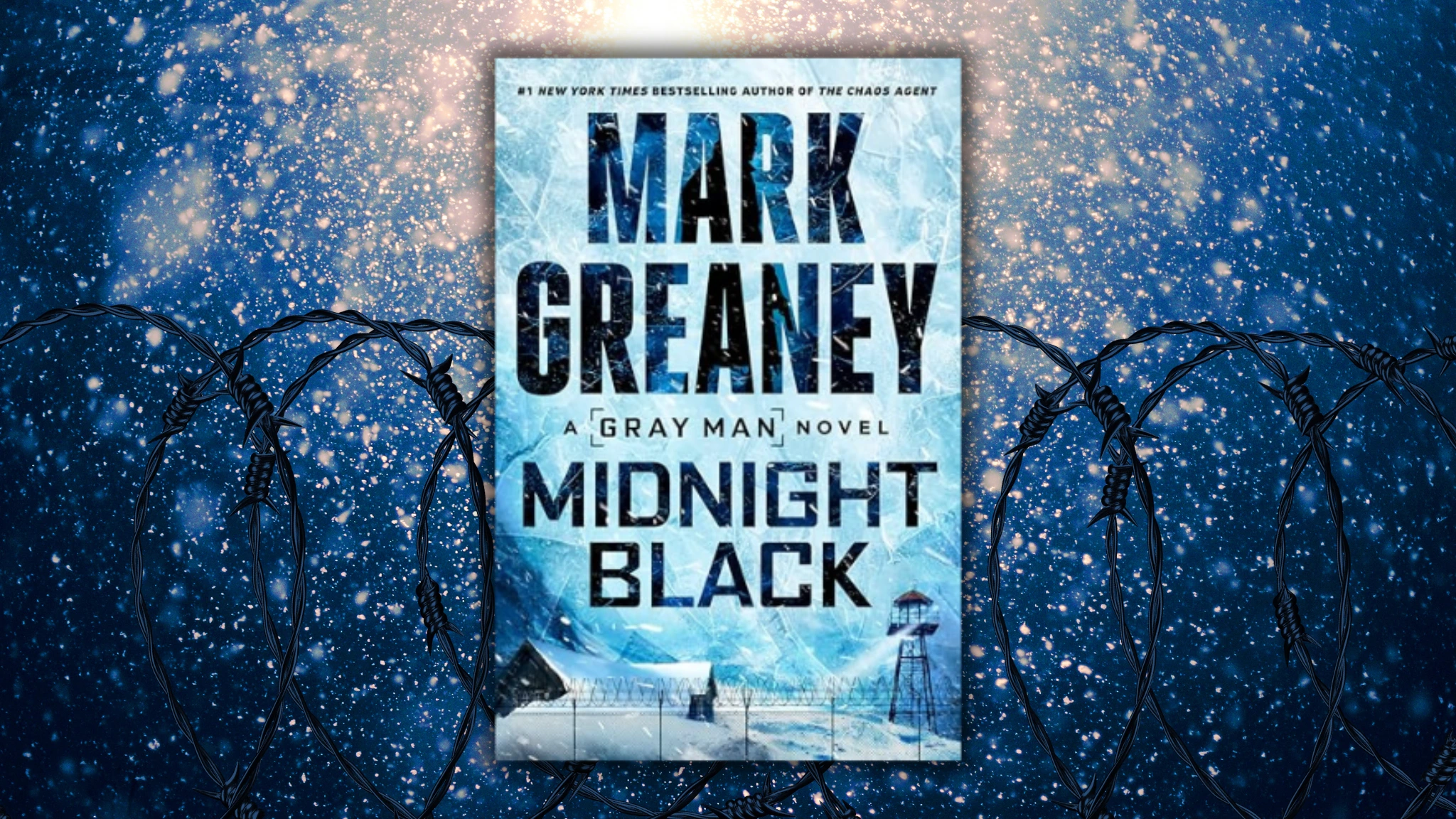


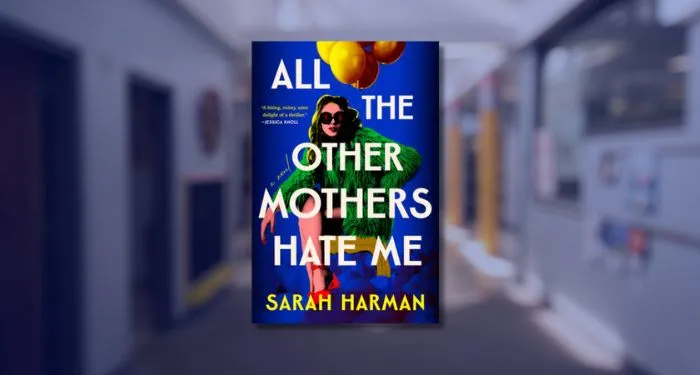
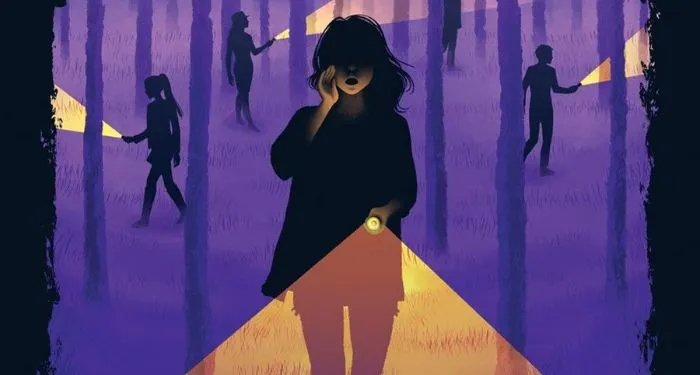



 English (US) ·
English (US) ·